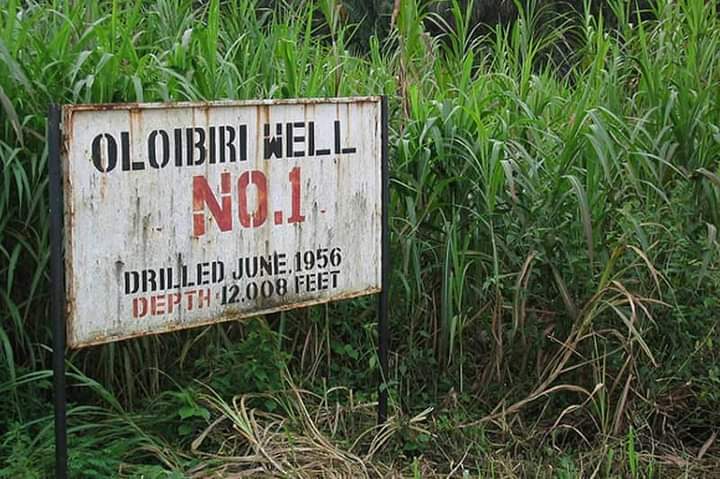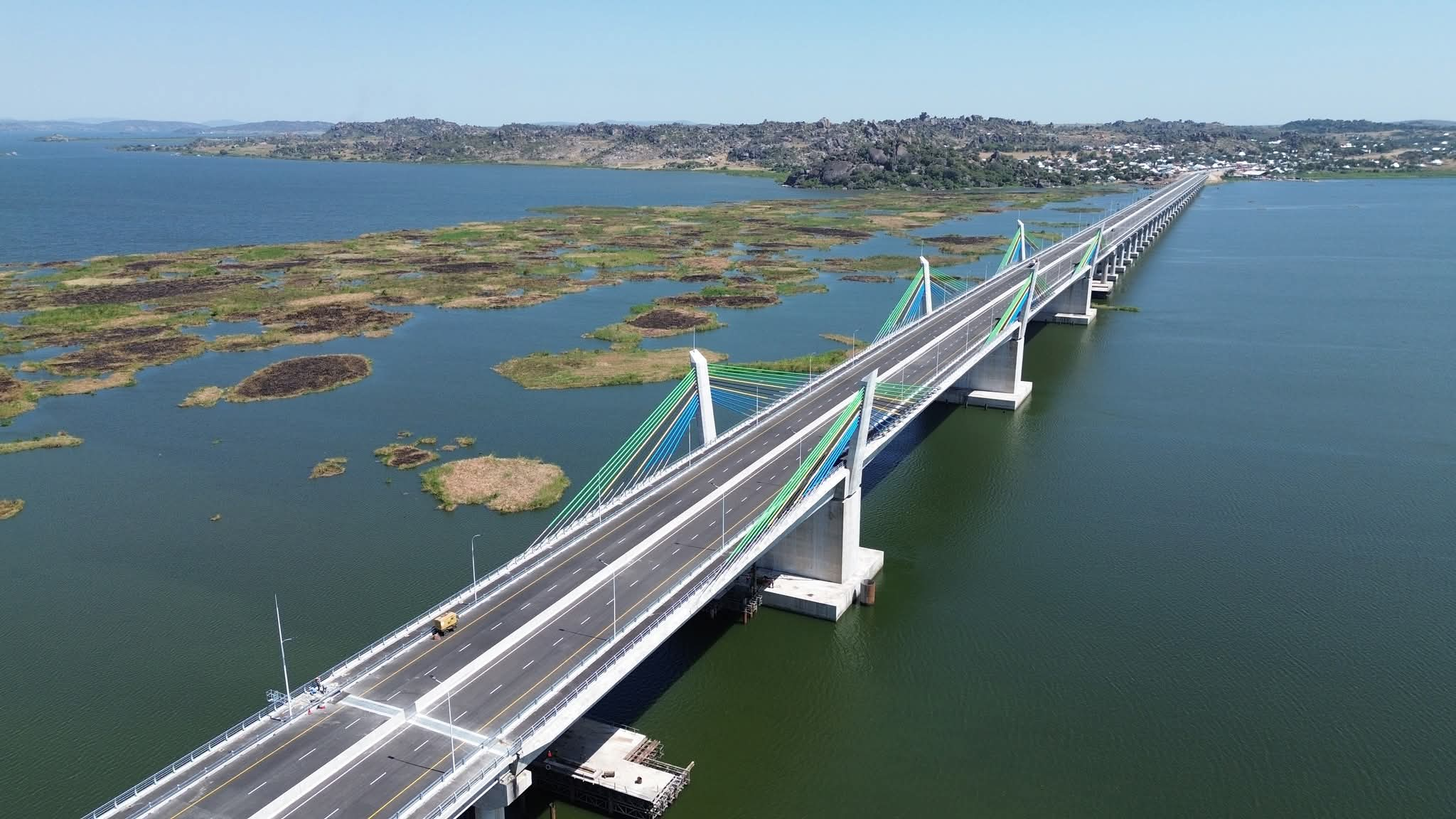OLOIBIRI: The Forgotten Birthplace of Oil in Nigeria and Some Facts About its Oilfield

Did you know that Royal Dutch Shell laid the first crude oil pipeline in the country from the Oloibiri Oilfield to Port Harcourt on Bonny River to access export facilities?
It seems the only time Oloibiri is ever mentioned is when academics and historians want to refer to the birthplace of oil in Nigeria, after which it becomes irrelevant. Indeed, in the history of crude oil exploration and production in the Niger Delta region, Oloibiri Oilfield, in present day Bayelsa State, will forever remain etched in the history of the oil and gas sector in the Nigerian petroleum industry.
But besides being the first acclaimed place where crude oil was first discovered, what else do you know about Oloibiri as an oilfield? Below are some facts concerning the Oloibiri oilfield.
🔳 The discovery of Oloibiri Oilfield on Sunday 15 January 1956 by Shell Darcy, the first commercial oil discovery in Nigeria, ended 50 years of unsuccessful oil exploration in the country by various international oil companies and also launched Nigeria into the limelight of the oil producing country in the world.
🔳 Oloibiri Oilfield is an onshore oilfield located in Oloibiri in Ogbia Local Government Area of Bayelsa State, Nigeria, about 45 miles (72 km) east of Port Harcourt in the Niger Delta with coordinates 4°41′30.12″N 6°21′33.3″E and it is named after Oloibiri, a small, remote creek community, where it is located.
🔳 The discovery of oil in commercial quantities in Oloibiri prompted Shell Darcy to further step up exploration in the Niger Delta which resulted in the discovery of 12 areas in the Niger Delta by 1958 of which Oloibiri, Afam and Bomu were the most promising.
🔳 The well, Oloibiri−1, spudded on 3 August 1955, was drilled vertical to a total depth of 12,008 feet (3,660m) and after testing, it flowed at the rate of about 5,000 barrels (790 m3) of oil per day. Oloibiri field is about 13.75 square kilometres (5.31 sq mi) and lies in a swamp within OML 29.
🔳 Between 26 June 1956 and 28 October 1958, 11 appraisal wells were drilled. The first appraisal well was Oloibiri-2, spudded on 26 June 1956 and drilled vertically to a total depth of 2,932m and it encountered oil in the Agbada Formation. Six of these appraisal wells were a success and encountered oil pay. An appraisal well, Oloibiri-17, was spudded on 9 June 1967 after 9 years of production and drilled deviated to a measured depth of 12,520 feet (3,816 mD) but the result was not encouraging; it was plugged and abandoned. Another appraisal well Oloibiri-18 was spudded on 21 April 1979 and drilled to a vertical depth of 9,616 feet (2,931 m) but the result was also discouraging. The main objective of the Oloibiri-18 was to appraise a new section and improve the drainage of the reservoir but the well was dry with shows and so it was plugged and abandoned.
🔳 Following the successful completion of the appraisal of the field, four development wells were drilled in 1958 (between 17 June 1958 and 27 November 1958) for the development of the field. The four development wells and the six successful appraisal wells were completed as oil production wells.
🔳 The oil produced from the field is sour and heavy and has an API of 20.6. The gas produced with the oil was flared off as a result of lack of gas processing and utilisation facility in the country then, so the gas was not considered necessary.
🔳 Royal Dutch Shell laid the first crude oil pipeline in the country from the Oloibiri Oilfield to Port Harcourt on Bonny River to access export facilities. Nigeria exported its first crude oil in February 1958 from the Oloibiri Oilfield, initially at the rate of 5,100 barrels per day (810 m3/d). The oil was being pumped from the field via the country's first pipeline, laid by Shell.
🔳 The Oloibiri Oilfield started oil production between late 1957 and early 1958 and the first oil production from the field came at the rate of 4,928 barrels per day (783.5 m3/d). The field produced at an average rate of 5,100 barrels (810 m3) of oil per day for the first year. The production increased thereafter as more wells were completed and put onto production until it reached its peak in 1964. The field was drained from eleven production wells.
🔳 The Oloibiri Oilfield produced over 20 million barrels (3,200,000 m3) of oil during its 20 years life cycle. Oil production finally stopped in 1978 and the field was abandoned the same year. The Oloibiri oilfield was abandoned without any improved recovery to drain some of the 21.26 million barrels (3,380,000 m3) of hydrocarbon still left on the field.
🔳 The field is currently operated by Shell Petroleum Development Company of Nigeria Limited (SPDC), formerly Shell Darcy. On 30 April 1956, Shell Darcy changed its name to Shell-BP Petroleum Development Company of Nigeria Limited and in 1979 changed its name again to Shell Petroleum Development Company of Nigeria Limited (SPDC) following the nationalisation of BP's interest by the government.
While the discovery of oil in Oloibiri changed Nigeria's economic status for the better as a flurry of activities: investments, tourism, oil exportation, etc., came to be and Nigeria became the 6th largest oil producer on the chart of the Organisation of Petroleum Exporting Countries OPEC, the present day Oloibiri town (as the 'birthplace' of oil in Nigeria) is a sight for sore eyes.
The place is underdeveloped, the people are poor peasants, the epidemic rate is off the charts, the unemployment rate is alarming, and their land has suffered deadly blows from oil spills.
The oil in Oloibiri has since dried up but there is nothing to show that it was the place where Nigeria's oil breakthrough started. In plain terms, it could be said that the town of Oloibiri was used and 'dumped' after the oil explorers found no more use for it. The Federal Government of Nigeria once promised to build a museum in Oloibiri, but till date, that promise has not been fulfilled.
Have other oil producing communities in the Niger Delta region learned a lesson from the Oloibiri experience?
Source: Wikipedia


_1755775186.jpg)
